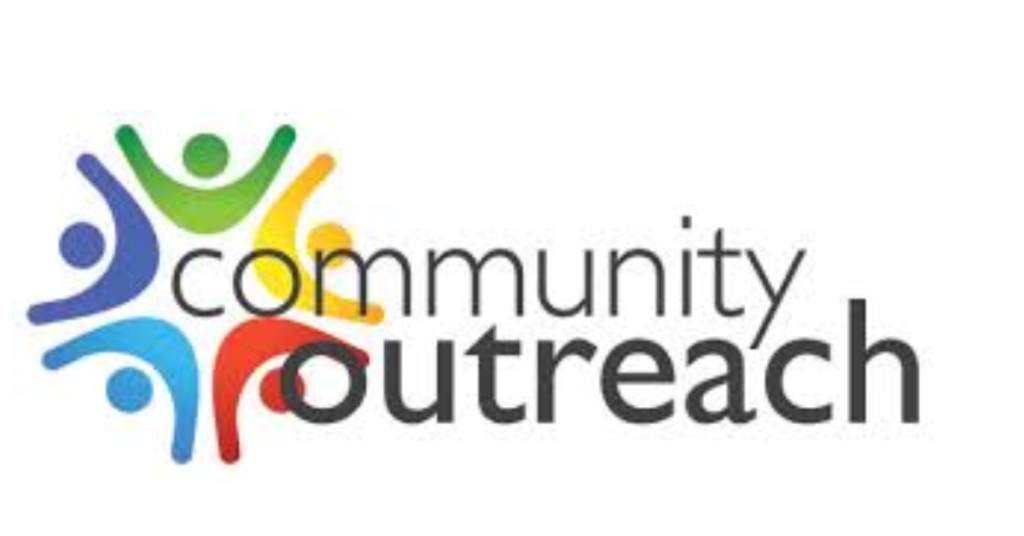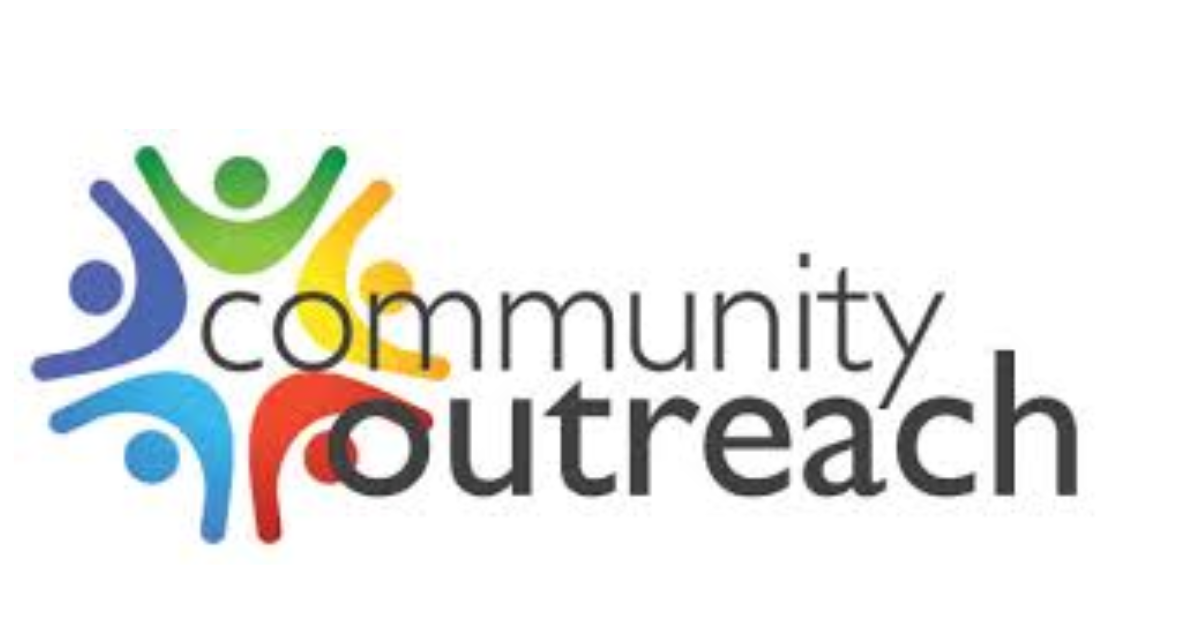University community outreach programs play a critical role in bridging the gap between academic institutions and the communities they serve. These initiatives not only provide valuable resources to local populations but also enrich students’ educational experiences by allowing them to apply their learning in real-world contexts. This article will explore the importance of community outreach programs, the various forms they can take, the benefits they offer to both the community and students, the challenges they face, and best practices for successful implementation.

The Importance of Community Outreach
Community outreach serves as a fundamental component of a university’s mission to contribute positively to society. By actively engaging with local communities, universities can extend their impact beyond academic boundaries, addressing pressing social issues and fostering a culture of civic responsibility among students.
Through outreach, universities demonstrate their commitment to social equity and community development. These programs also enhance the institution’s reputation, making it more attractive to prospective students and faculty who value community engagement. Furthermore, community outreach allows universities to tap into the rich diversity of their surrounding areas, creating a more inclusive environment for all stakeholders.
Types of Community Outreach Programs
Community outreach initiatives can take many forms, each tailored to address specific community needs. Here are some common types of outreach programs:
1. Educational Outreach
Educational outreach programs aim to improve access to quality education for local students, particularly those from underprivileged backgrounds. Initiatives may include after-school tutoring, mentorship programs, summer camps, and college readiness workshops. These programs not only support academic achievement but also inspire students to pursue higher education.
2. Health Outreach Programs
Health-related outreach initiatives are often organized by universities with medical or health sciences departments. These programs may offer free health screenings, immunization clinics, and workshops on nutrition and wellness. By providing essential health services, universities can help reduce health disparities and improve community well-being.
3. Volunteer and Service-Learning Programs
Many universities encourage student participation in volunteer programs, connecting them with local non-profits, schools, and community organizations. Service-learning combines community service with academic coursework, allowing students to gain hands-on experience while contributing to meaningful projects. These opportunities help foster a sense of civic duty and social responsibility.
4. Environmental Initiatives
Environmental outreach programs focus on promoting sustainability and ecological awareness within the community. Activities may include community clean-up events, tree planting initiatives, and educational workshops on environmental conservation. These programs help cultivate a culture of sustainability and environmental stewardship among community members.
5. Cultural Exchange Programs
Cultural outreach initiatives celebrate diversity and promote understanding among different cultural groups. Universities may host cultural festivals, workshops, and speaker series that showcase various traditions and perspectives. These programs enrich the community’s cultural landscape and foster dialogue among diverse populations.
6. Research and Advocacy Efforts
Universities often engage in research that addresses local challenges, such as poverty, education, and public health. Collaborating with community organizations allows universities to translate their findings into actionable solutions. Additionally, they may advocate for policies that support community development and address systemic issues.
Benefits for Students
Participating in community outreach programs provides numerous advantages for university students, enhancing their academic experience and personal growth.
1. Practical Experience
Community outreach allows students to apply theoretical concepts learned in the classroom to real-world situations. This practical experience is particularly valuable for those studying fields such as education, social work, and public health, where hands-on learning is crucial.
2. Networking Opportunities
Engaging in outreach programs connects students with local professionals, community leaders, and organizations. Building these networks can lead to internships, job opportunities, and mentorship relationships that enhance students’ career prospects and broaden their professional horizons.
3. Personal Development
Involvement in community service fosters empathy and a deeper understanding of social issues. Students gain insight into the challenges faced by marginalized communities, promoting personal growth and encouraging them to become informed and engaged citizens.
4. Enhanced Employability
Employers increasingly seek candidates with experience in community engagement and social responsibility. Participation in outreach programs helps students stand out in the job market, demonstrating their commitment to making a positive impact and their ability to work effectively in diverse settings.
Challenges Facing Community Outreach Programs
Despite the numerous benefits of university community outreach programs, they also encounter several challenges that must be addressed to maximize their effectiveness.
1. Resource Limitations
Many outreach programs struggle with budget constraints and limited resources, which can hinder their ability to meet community needs effectively. Universities must allocate sufficient funding and support to sustain these initiatives and ensure they remain impactful.
2. Building Trust and Relationships
Establishing trust with community members can take time and effort. Universities must approach outreach with humility, actively listening to community needs and concerns. Building strong relationships through open communication and collaboration is essential for fostering lasting partnerships.
3. Engaging Students
Encouraging student participation in outreach initiatives can be challenging, particularly in a demanding academic environment. Universities need to promote the importance of community service and offer flexible options that accommodate students’ schedules.
4. Evaluating Impact
Measuring the success of community outreach programs can be complex. Universities need to develop effective metrics for assessing the impact of their initiatives and making data-driven decisions to improve their programs continuously.
Best Practices for Successful Outreach Programs
To enhance the effectiveness of community outreach initiatives, universities can adopt several best practices:
1. Conducting a Needs Assessment
Understanding the specific needs of the community is crucial for designing effective outreach programs. Conducting a needs assessment, often in collaboration with community members, ensures that initiatives are relevant and responsive to local challenges.
2. Promoting Collaboration
Collaboration with local organizations, businesses, and government agencies can enhance the reach and effectiveness of outreach programs. By leveraging existing resources and expertise, universities can create more comprehensive solutions to community issues.
3. Providing Training and Support
Offering training and support for students involved in outreach initiatives is essential. Equipping students with the necessary skills and knowledge allows them to engage effectively with community members and navigate complex social issues.
4. Implementing Continuous Evaluation
Regularly evaluating outreach programs enables universities to identify areas for improvement and measure their impact. Gathering feedback from community members and participants helps inform program adjustments and ensures continued relevance.
5. Celebrating Successes
Recognizing and celebrating the achievements of outreach initiatives fosters motivation and encourages ongoing participation. Universities should highlight positive outcomes, showcasing the tangible impact of their programs on the community.
Conclusion
University community outreach programs are essential for building meaningful connections between academic institutions and their surrounding communities. These initiatives not only address pressing local needs but also enrich the educational experience for students, preparing them to become engaged citizens and future leaders. By prioritizing outreach efforts and addressing the challenges that arise, universities can create impactful programs that promote social responsibility, mutual respect, and community resilience. As universities continue to evolve in their missions, their commitment to community outreach will remain a cornerstone of their efforts to contribute positively to society while enhancing the lives of both students and community members.
